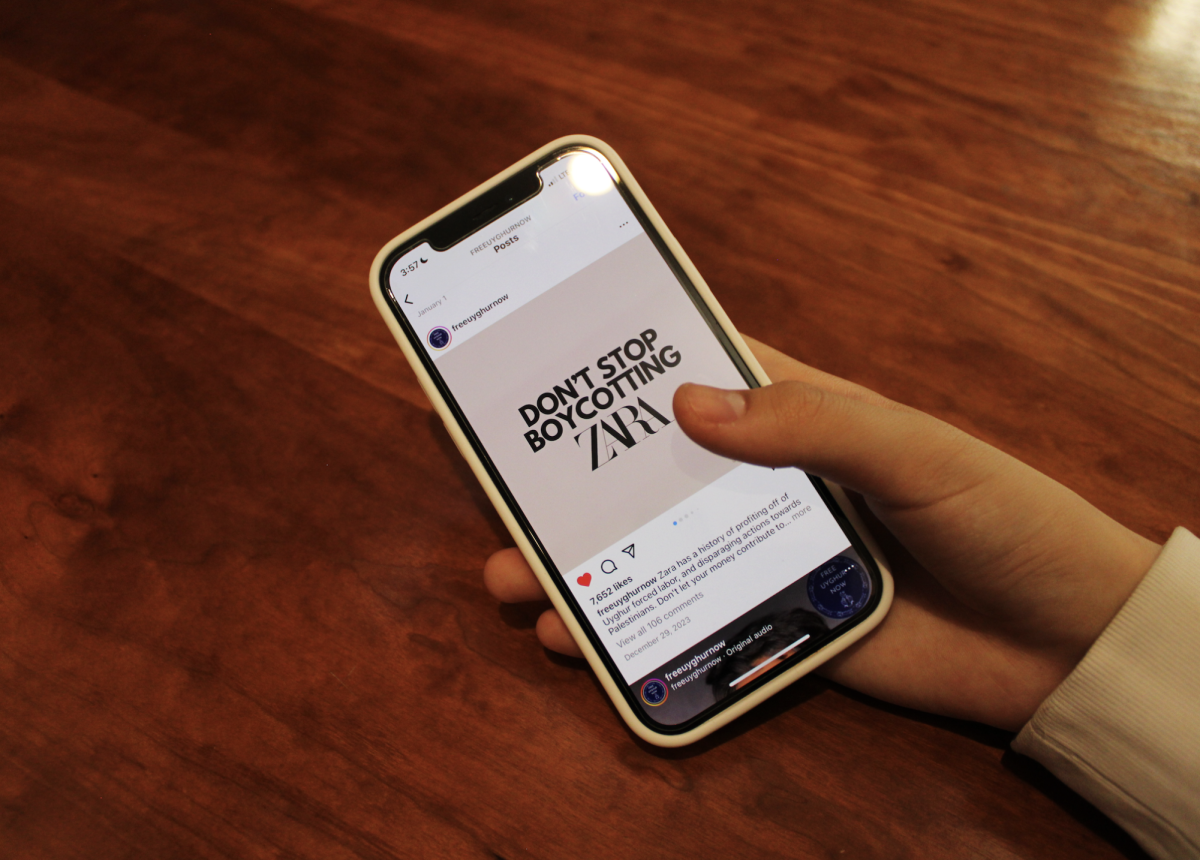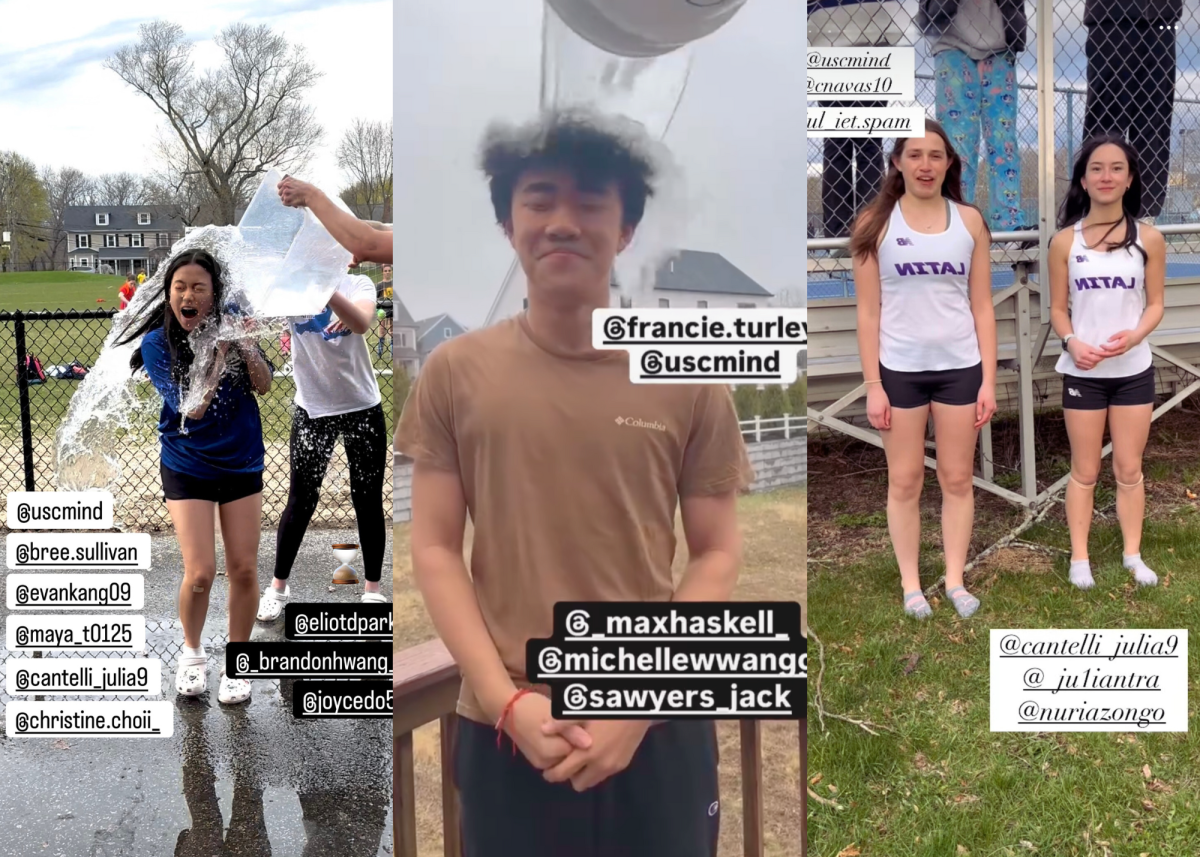In an era dominated by hashtags and Instagram stories, activism seems to have found a home on the screens of Generation Z. Given how simple it is to use the term “activist” online, what does it actually mean to be one in the modern era? Are people merely shouting into the void of social media, or can they transform their passion for change into tangible action?
Social media has amplified voices like never before, providing a megaphone for voices that might have otherwise remained unheard; platforms like Instagram, TikTok and X offer opportunities to spread information and mobilize large audiences. This newfound accessibility, however, comes at a cost: activism has become synonymous with an occasional retweet or a well-placed hashtag.
A cause may gain temporary attention, generating a flurry of hashtags and Instagram stories, only to fade into the background as soon as the narrative shifts. The challenge lies in whether the attention on social media truly translates into real activism or if it is just a trend that loses momentum when the spotlight moves elsewhere.
Alan Zhao (III) says, “I know Black Lives Matter and LGBT movements have millions of supporters, but the number of people actively protesting is nowhere close to those numbers. The worst part is those [movements] are ongoing and I haven’t heard about them nearly as much as I should.”
Recent events, such as the conflict between Russia and Ukraine, underscore the temporary nature of social media activism; initial waves of online engagement and awareness surged in response to breaking news, but attention quickly shifted towards the conflict in the Middle East, despite the former still ongoing in real life.
This raises questions about online activism’s ability to maintain momentum beyond the initial wave of attention. Activists must juggle the challenge of sustaining interest and commitment over time, especially when social media algorithms rapidly shift focuses.
But by that point, are they really activists, or are they only spreading awareness?
This word “activist” has been adopted by Generation Z, a generation recognized for their social awareness. The ease with which one can express support through a swipe or a share, however, has given rise to what critics call “clicktivism,” a form of online activism that involves minimal effort and commitment from participants. The concern lies in whether these digital actions truly contribute to social change or if they merely create the illusion of activism.
While “clicktivism” allows people to show interest and raise awareness, it lacks meaningful impact; clicking a button or sharing a post does not translate into concrete actions or substantial change. Grace Leung (VI) says, “You can tell friends or family about online posts, but let’s be real, no one will help the people unless they’re actually affected.”
The same could be said about individuals who feel they are contributing to a cause without actively participating in more substantial efforts, such as volunteering, attending protests or supporting organizations directly.
To revive the term “activist,” emphasis must shift away from passive internet gestures and toward active, meaningful participation that causes real change. Activists must consider whether their acts go beyond the virtual world, examining the depth of their dedication to the causes they support. Restoring meaning to activism involves breaking free from the screens and hashtags.
Change is a collaborative effort; activists must build connections inside their communities, serving as middlemen for movements that directly address local issues. Whether it is supporting local farmers, creating neighborhood watch programs or engaging in town clean-ups, real-world activism is about bridging gaps and creating a feeling of shared responsibility for our communities’ overall well-being.
“At the risk of sounding like a ‘boomer,’” Boston Latin School psychology teacher Mr. Michael Galego shares his wisdom: “I would advise Gen Z to put their phones down and live more in the real world. Humans evolved for physical activity and face-to-face social interactions that social media simply cannot replicate. Changing hearts and minds will always be more effective when done ‘in vivo.’”
Redefining activism in the present day means returning to the streets, neighborhoods and hearts of the communities that require support. Let us move beyond the scripted tags on social media and into the practical, messy task of creating change. Activism is not a label that can be claimed; it is a commitment to creating a real-world difference, one community at a time.








